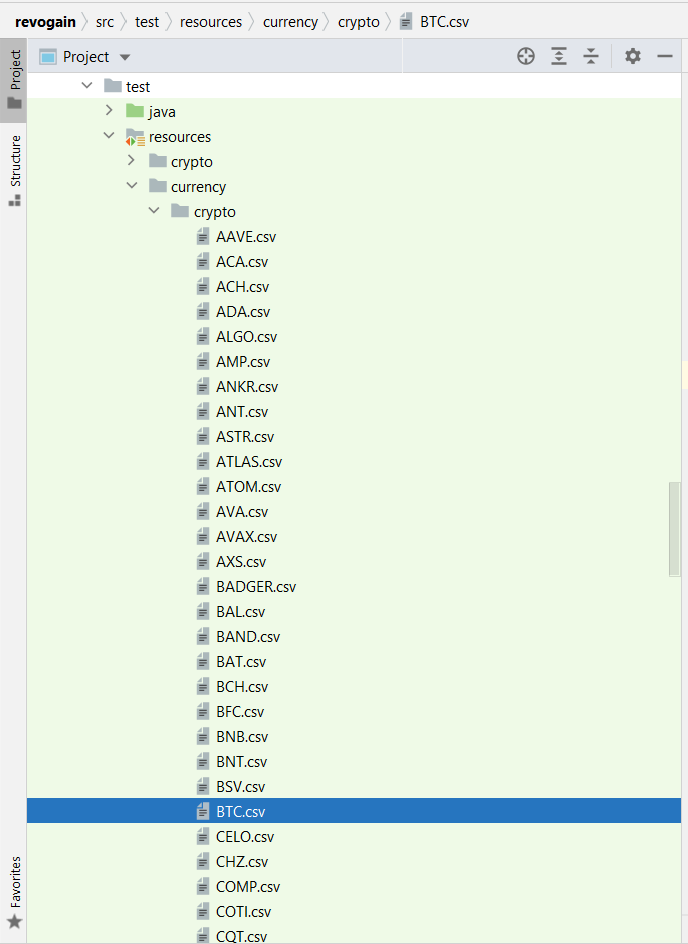
As a developer, we are always told to Keep It Simple, but what does that even mean in reality?
Here's a real-life example. 👇
Here's a real-life example. 👇
When I was developing RevoGain, I needed the historical prices of all the cryptocurrencies supported by #Revolut or #Kraken.
That's around 144 cryptos. So, most of you would store them in a DB, right?
Well, that would pose a lot of challenges.
revogain.com
That's around 144 cryptos. So, most of you would store them in a DB, right?
Well, that would pose a lot of challenges.
revogain.com
If the crypto prices are in the DB, the parser would have to issue a lot of queries during parsing to figure out the prices.
And, when importing the new prices from exchanges, we'd have to create Flyway script for the new updates, which will pile up.
And, when importing the new prices from exchanges, we'd have to create Flyway script for the new updates, which will pile up.
The more DB traffic you do on Aurora, the more you pay, so here's what I did.
The historical prices of all cryptos are stored in CSV files that are updated periodically by an integration test.
The historical prices of all cryptos are stored in CSV files that are updated periodically by an integration test.

Another integration test parses the CSV files and imports all prices into an in-memory CryptoFxRatesRegistry.
The CryptoFxRatesRegistry is then serialized and saved into a file.
The CryptoFxRatesRegistry is then serialized and saved into a file.

When the app starts, the CryptoFxRatesRegistry is instantiated, and the crypto prices are loaded from the file the CryptoFxRatesRegistry.bytes that stored the serialized content of the CryptoFxRates. 

This way, whenever the parser needs a crypto price, it gets the value from memory, not from the DB.
This is both faster and cheaper, as the processing is done at built-time, and in production, we are using the cached prices.
Keep It Simple!
This is both faster and cheaper, as the processing is done at built-time, and in production, we are using the cached prices.
Keep It Simple!
• • •
Missing some Tweet in this thread? You can try to
force a refresh



